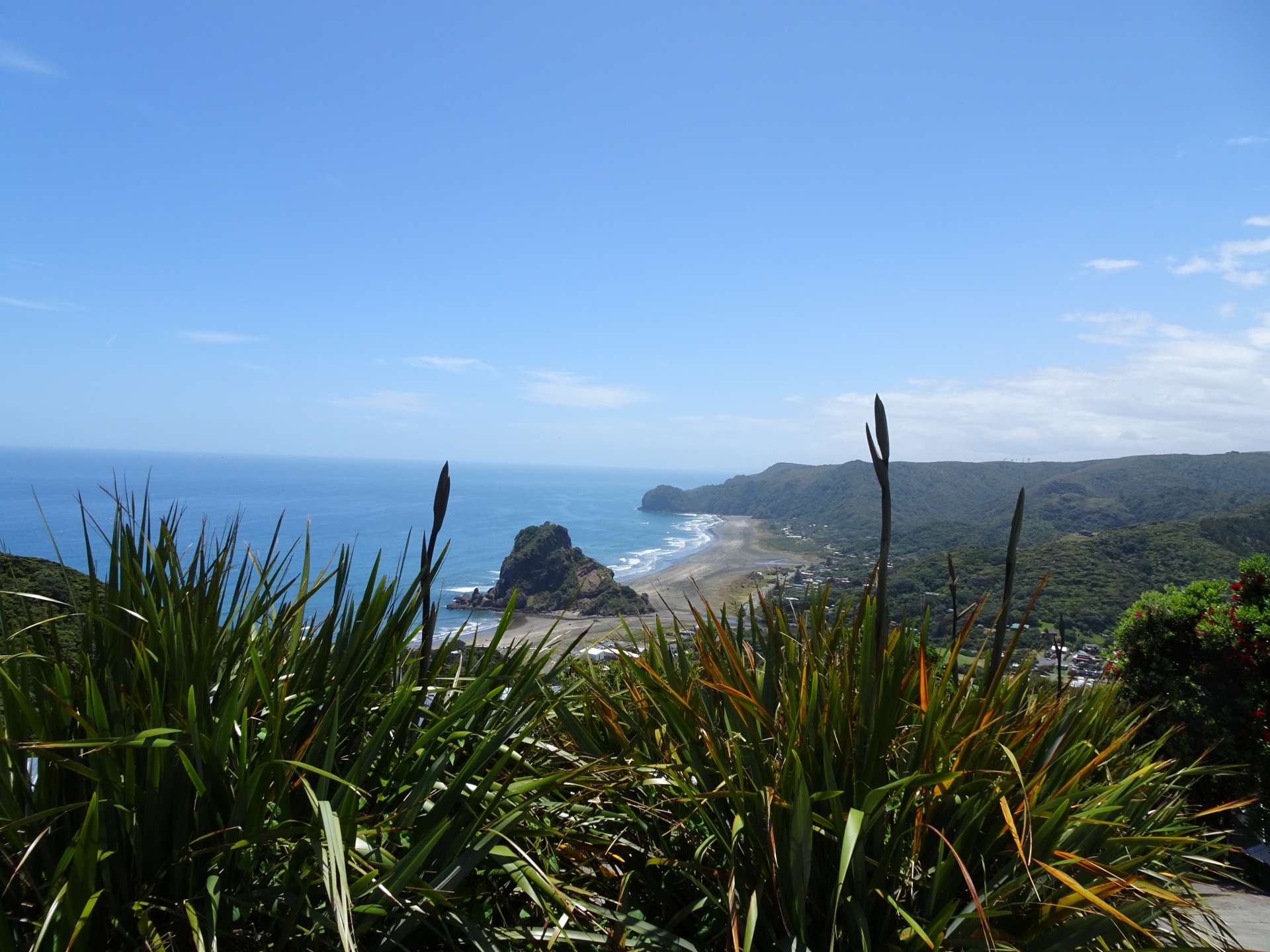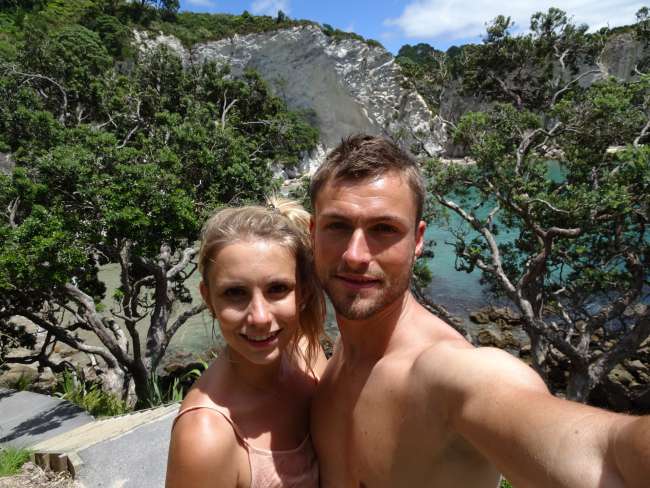
judithundwillaufentdeckungsreise
vakantio.de/judithundwillaufentdeckungsreise
Abel Tasman, Kaikoura, and Castle Hill
Opublikowany: 21.01.2017
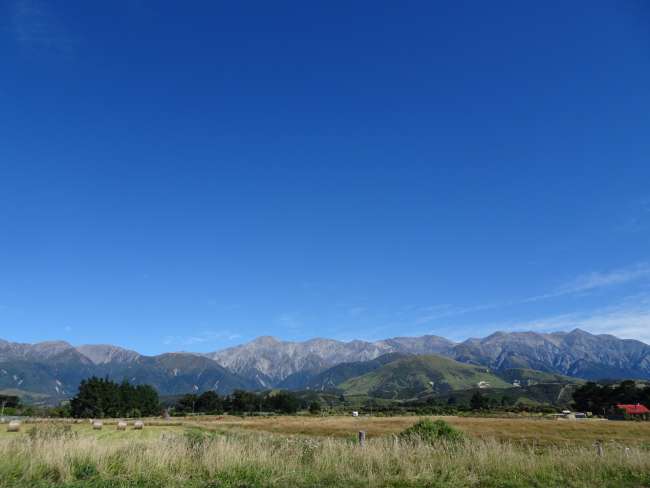
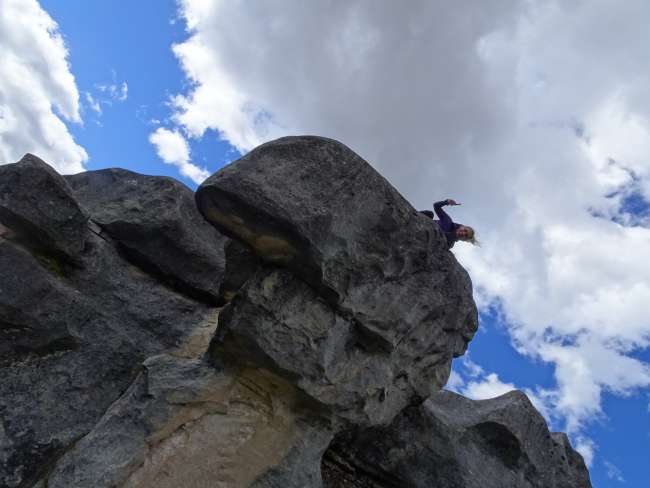
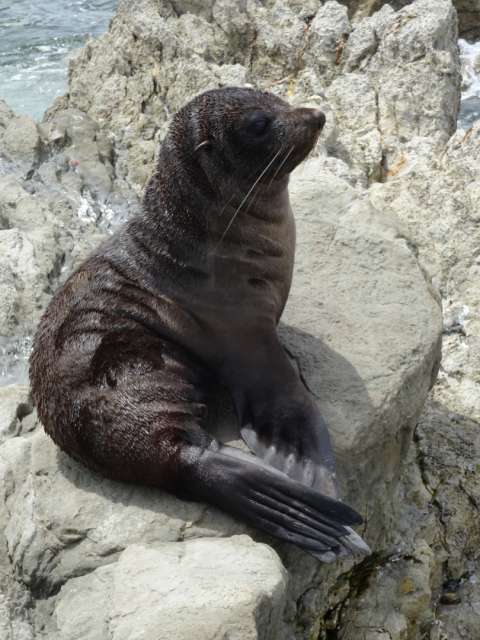
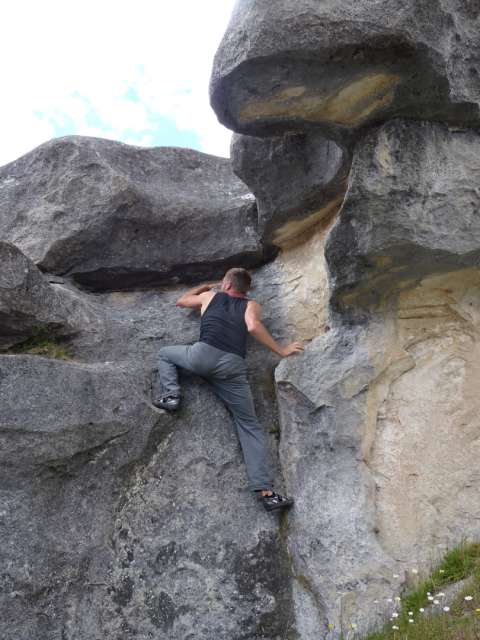
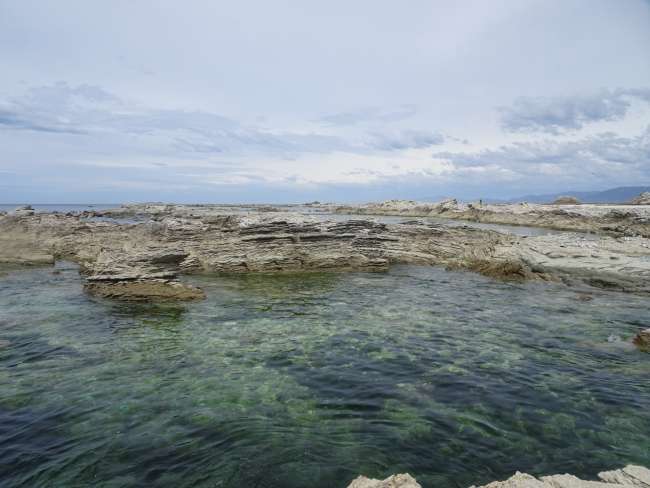
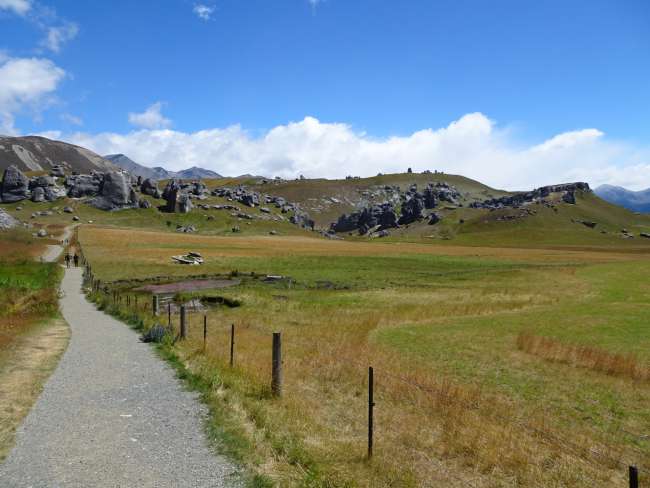
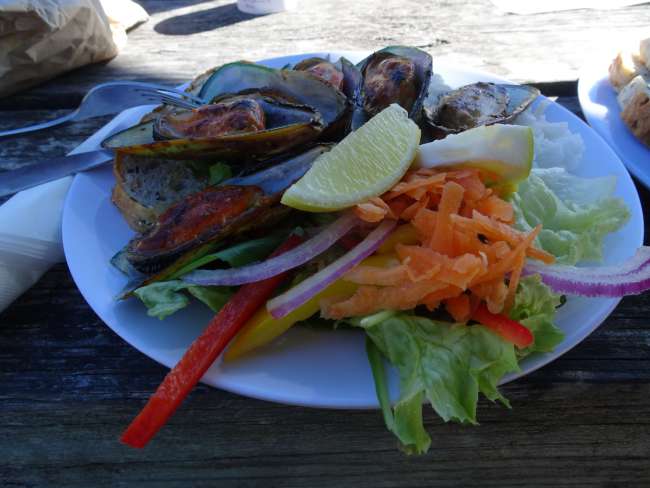
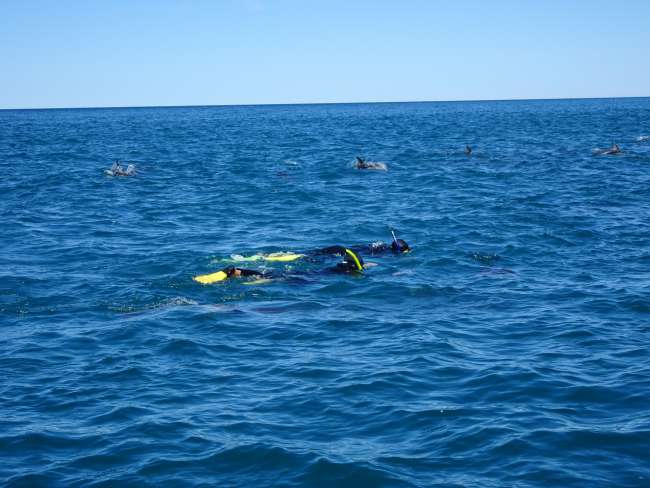
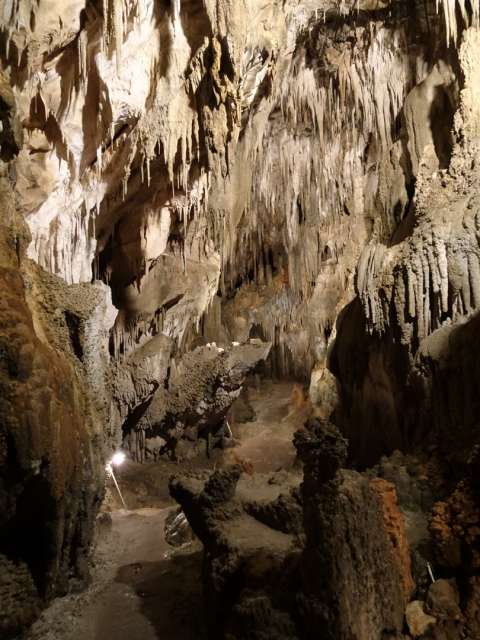
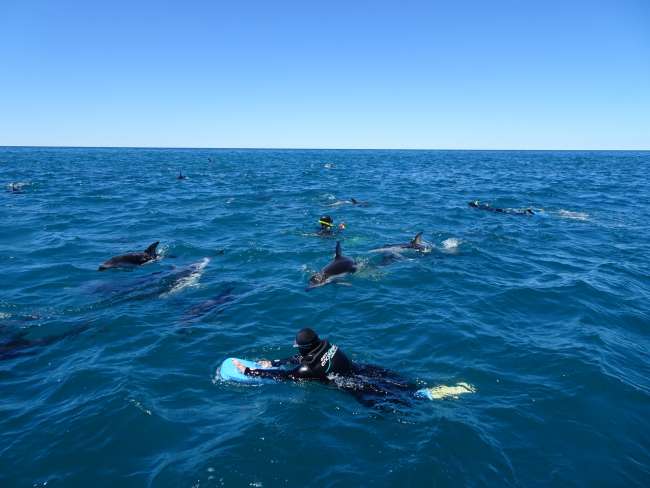
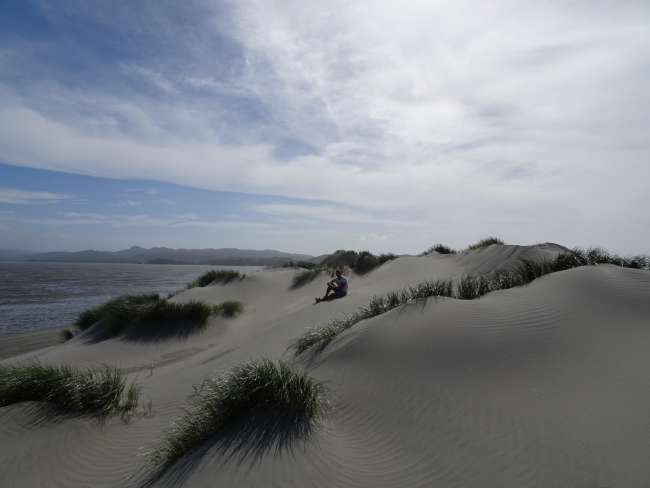
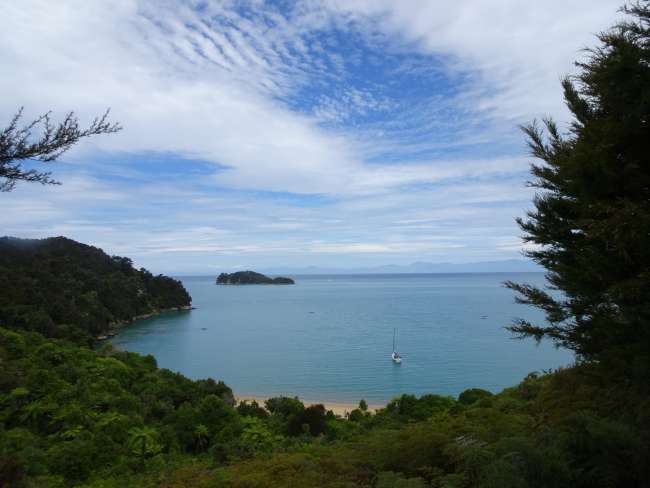
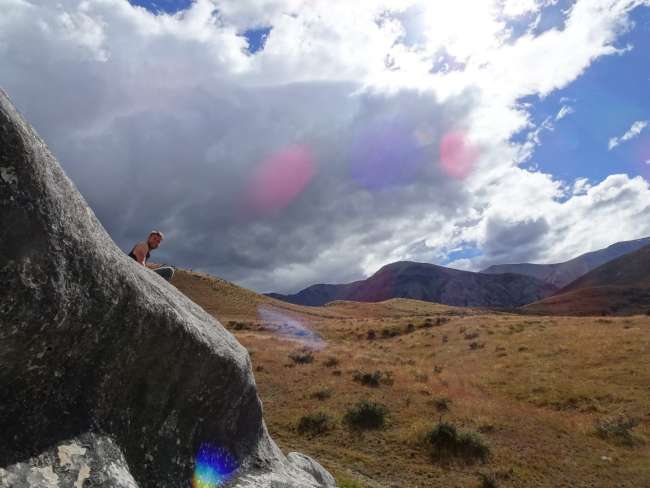
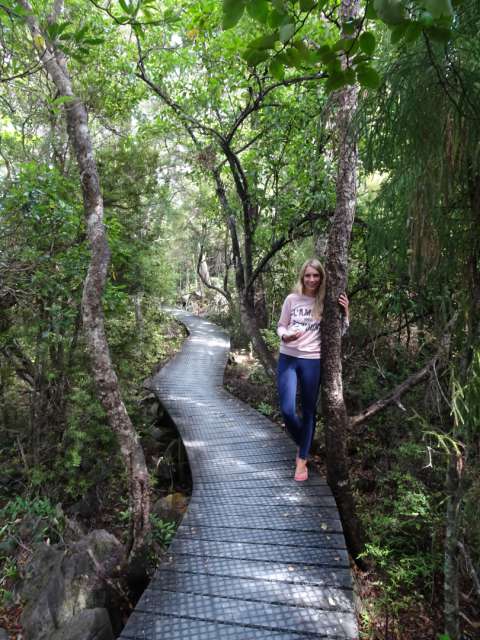
Zapisz się do newslettera
After spending a few days in Nelson, we decided to continue north to the Abel Tasman National Park. There, we hiked to a beautiful, deserted bay. The sound atmosphere was impressive. It was chirping everywhere, almost deafening, and the hiking trail was beautifully constructed.
The next morning, we set off for Takaka Hill to visit the cave there. On the way, we stopped and took a short hike to Hawkes Outlook. There, we enjoyed the beautiful view over the mountain valley to the sea in the Abel Tasman Bay and Nelson on the opposite side of the bay. The subsequent tour with only two other people was great, the cave was incredibly long, very high, and exceptionally beautiful. Illuminations cleverly placed in the cave made the rooms look impressive. In the cave, among other things, bones of a 25,000-year-old giant moa were found. A moa is a bird that cannot fly and looks like a mix between an ostrich and a kiwi.
After this truly impressive cave, we went with a short stop at the Mussel Inn, a pretty well-known pub right on the highway, to Farewell Spit, with a plate of steamed mussels in our stomachs, to the northern tip of the island. Farewell Spit is a small peninsula that marks the northern end of the South Island. It was unexpectedly quiet there, and as expected from being so far from the nearest mainland, it was very windy. The path along the beach exposed by the low tide was beautiful, but then came the absolute highlight after about 4 km on the peninsula, where it becomes so narrow that there are only a few hundred meters between the open sea to the north and the bay to the south, an almost white sandy desert in a lunar landscape, only lined with a few green bushes.
The way back was quite exhausting against the headwind, so we had truly earned our pasta asciutta dinner overlooking Farewell Spit.
The next day, we drove for over 10 hours on various roads, almost completely from coast to coast and back, to reach Kaikoura, where we had booked dolphin swimming in advance. Since Kaikoura was heavily affected by the earthquake in November, some roads were closed, and we had to take detours. However, there was very little traffic in usually touristy Kaikoura, and we were able to stay overnight by the sea for free. Sunrise from the bed included.
But the long journey through the partially earthquake-damaged area was definitely worth it. The weather in Kaikoura on the east coast was superb. Pure sunshine, very warm, and above all, calm. Ideal conditions for our snorkeling trip with the dolphins. After choosing appropriate swimwear and a short introductory film, we took the bus to South Harbour and from there continued by boat in a southerly direction, further out to sea, which was relatively warm for this region at around 17 degrees. When we found a swarm of dolphins, we got into the water. We were totally surprised to see how many dolphins were there around us and how close they were. After five very successful snorkeling dives under truly perfect conditions, we crossed the dolphins from the boat while enjoying hot chocolate and cookies.
On the way back, we also saw a few sea lions, and then we ate grilled seafood at a roadside snack bar at an unbeatable price.
The next morning, we watched sea lions in their natural habitat slightly south of Kaikoura. They were completely undisturbed by us, and we could get as close as two meters to them. The bay where we walked to see the sea lions was very rocky and washed by crystal clear water. Truly a great spot, both in terms of the landscape with the mountains in close proximity to the sea and the wildlife that does not perceive humans as enemies in their habitat.
From there, we drove further into the mountains in the interior of the country, where the clear mountain air and the magnificent view of the surrounding partly snow-capped peaks were a welcome change from the coastal climate. It was great to be in the mountains again. We drove to Castle Hill to go climbing there for a few days.
Another unique landscape. The individual rocks are impressive in the otherwise meadow-lined landscape, as if someone had spilled an oversized dice cup with huge pebbles. The rocks themselves are different than expected, with hardly any holds or steps, but rather smooth surfaces with hardly noticeable indentations and different degrees of friction, from mirror smooth to grippy. Here, it's more about a lot of body tension and balance than strength. Once you have adjusted to these somewhat different conditions, it's a lot of fun to climb in this magnificent setting.
Zapisz się do newslettera
Odpowiedź
